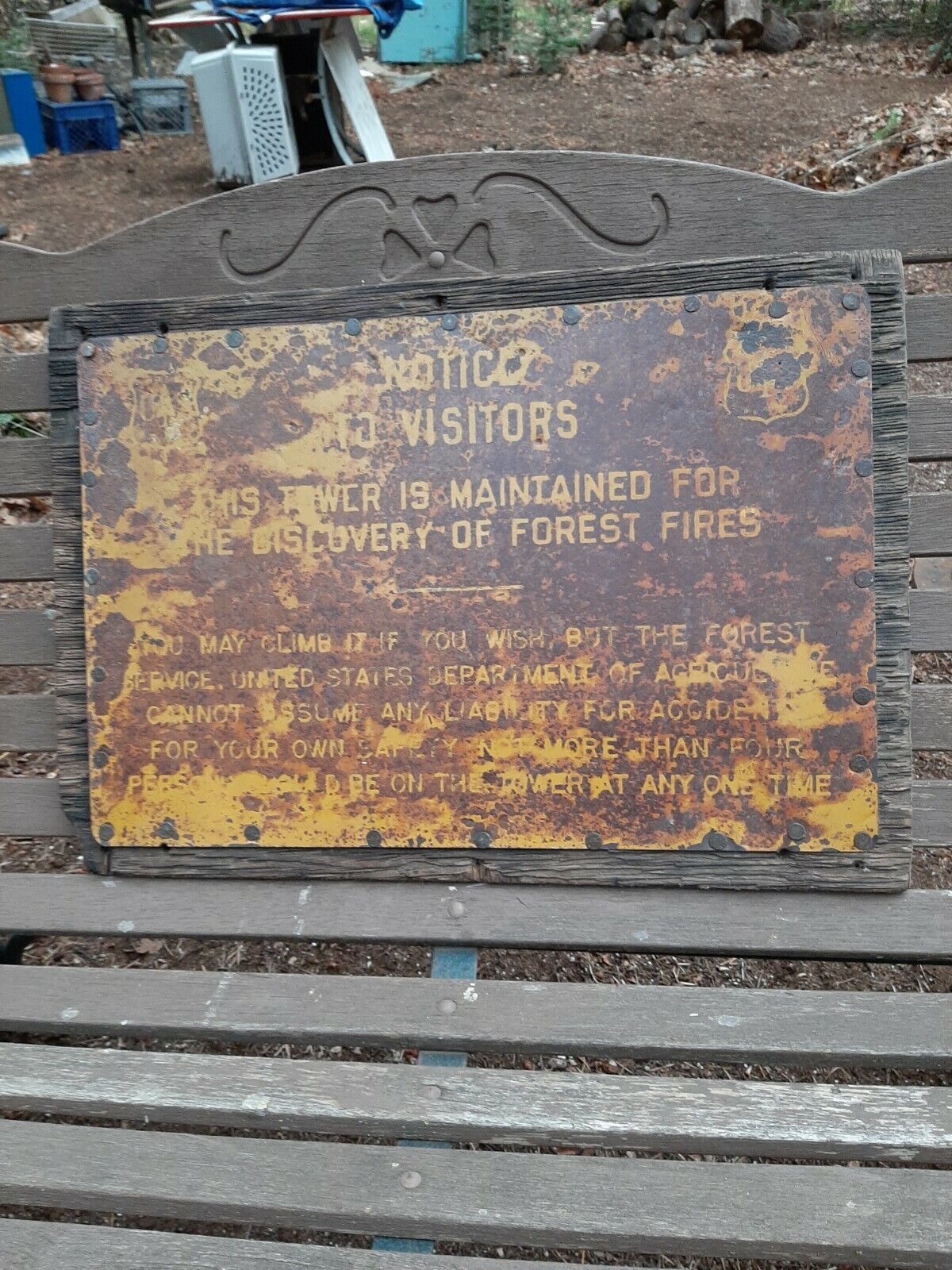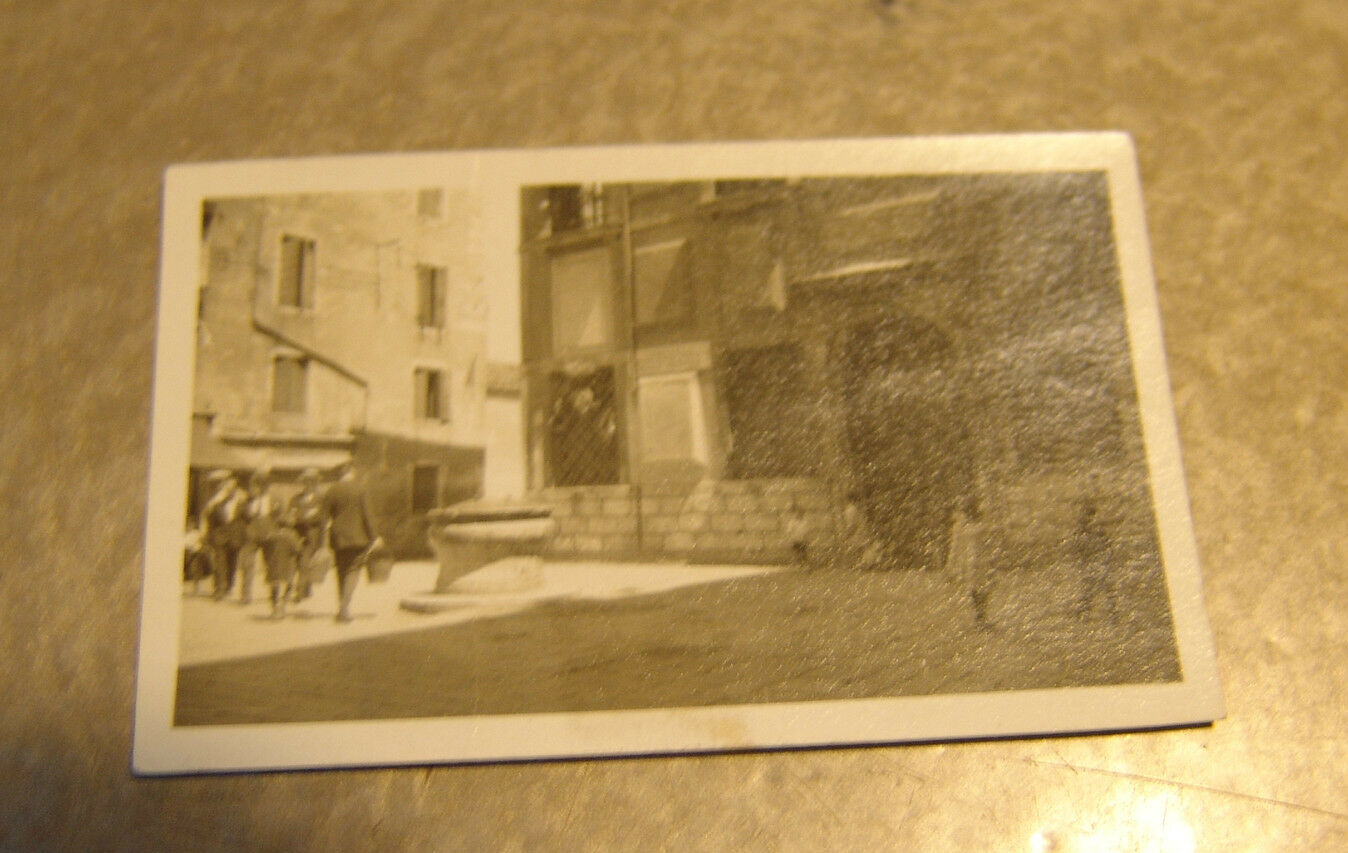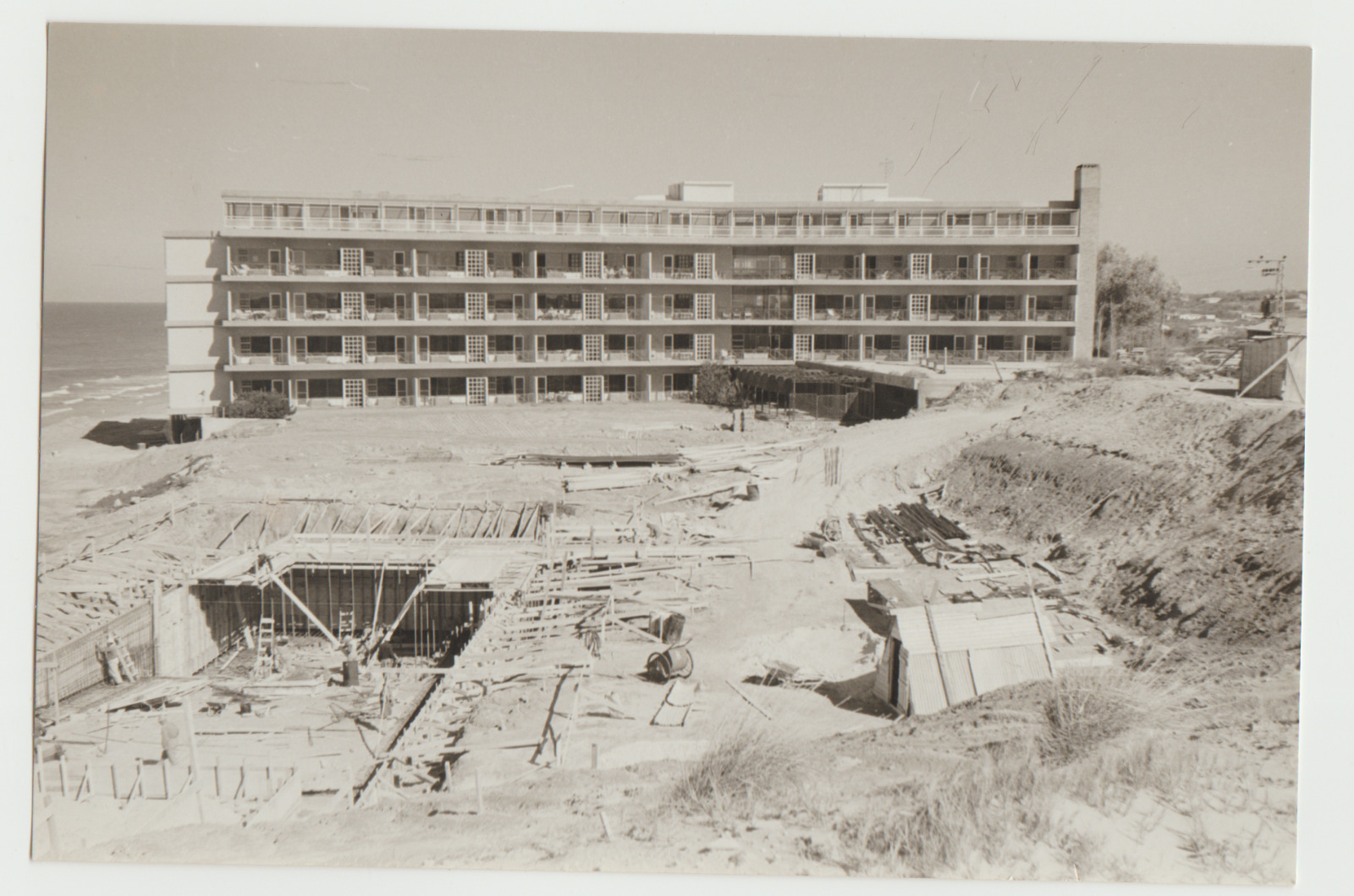-40%
1960 JUDAICA Children JNF KKL Jewish Holiday RARE ISRAEL POSTER Hebrew BOY GIRL
$ 25.87
- Description
- Size Guide
Description
DESCRIPTION:
Here for sale is a genuine authentic vintage ca 50 years old JEWISH POSTER , Which was issued by the JNF ( Jewish National Fund ) - KKL ( Keren Kayemet Le'Israel ) in the early-mid 1960's for the purpose of celebrating and commemorating the Jewish feast day of LAG BA'OMER . The poster depicts a NAIVE STYLE illustrated image of a large group of cute Eretz Israeli children , BOYS and GIRLS , Carrying together WOODS to feed the growing LAG BA'OMER BONFIRE while others play with their BOWS and ARROWS - The traditional JUDAICA SYMBOLS of LAG BA'OMER
.
The HEBREW heading is " LAG BA'OMER " Also in English "Lag Ba'Omer " . Also in French : " Aux ENFANTS JUIFS de la PART du Fonds National Juif , Jerusalem " .
A colorful Printing . Designed by NOGA ADLER. The poster SIZE is around 19" x 13" . The poster is printed on thin stock. Very good condition.
( Pls look at scan for accurate AS IS images )
The POSTER will be sent rolled in a special protective rigid sealed tube.
AUTHENTICITY
:
The poster comes from a KKL- JNF old warehouse and is fully guaranteed ORIGINAL from the early-mid 1960's. Copies of this AUTHENTIC poster are being bought WHOLESALE from my eBay store for RESELLING by the largest and well reputed POSTER GALLERIES in Jaffa ISRAEL and WORLDWIDE . It is NOT a reproduction or a recently made reprint or an immitation , It holds a life long GUARANTEE for its AUTHENTICITY and ORIGINALITY.
PAYMENTS
:
Paypal & All credit cards.
SHIPPING
:
Shipp worldwide via registered airmail is $ 25 . Poster will be sent rolled in a special protective rigid sealed tube.
Handling around 5-10 days after payment.
Lag ba-Omer is the 33rd day of the counting of the Omer, which starts on the second night of Pessach - Passover and ends on Shavuot.
The counting of the Omer is a ritual that dates back to ancient times, when the Holy Temple stood in Jerusalem (see Shavuot). Throughout history, following the tragedies that befell the Jewish people during this period, and particularly the death of 24,000 students of Rabbi Akiva from a plague (in the 2nd century CE), these days have become days of national mourning, during which certain prohibitions apply, such as the prohibitions against cutting one’s hair or holding weddings. On Lag ba-Omer these mourning customs are halted, as tradition states that on that day Rabbi Akiva’s students stopped dying. Another significant event that happened on this date is the death of Rabbi Shimon bar Yochai (Rashbi), who was one of Rabbi Akiva’s students. Even so, the full origins of this holiday are unknown and are the subject of many differences of opinion.
Lag ba-Omer is also connected with the story of the Bar Kochba Revolt, whose spiritual leader was Rabbi Akiva, and whose military leader was Shimon ben Kosiba (bar Kochba). In the 2nd century CE, some of the Jewish population of Israel revolted against the Roman regime. The revolt, although initially successful, was brutally quashed and wrought great destruction on the Jewish communities in Israel. This was the last period of Jewish independence in the Land of Israel until the establishment of the State of Israel in 1948. There is some conjecture that Lag ba-Omer marks the temporary victory of Bar Kochba’s men over the Romans.
The traditions of this holiday developed mostly during the modern period. The Zionist movement emphasized the struggle for national liberation in the Bar Kochba revolt and turned the revolt into a symbol of the struggle for freedom. Lag ba-Omer is not a holy rest day, so businesses are open as usual. Apart from some special prayers and a few customs observed by certain ethnic groups, Lag ba-Omer is no different than any other day of the year.
HOLIDAY
CUSTOMS
Bonfires
- Lag ba-Omer has become the bonfire holiday, perhaps in commemoration of the signal fires the rebels lit on the mountaintops to relay messages, and perhaps in memory of Rashbi. For weeks before Lag ba-Omer children gather any scrap wood they can find, and on the eve of this holiday large bonfires are lit and potatoes and onions (and now marshmallows, too) are roasted in the flames. Among secular Jews, the bonfires are the only custom that has remained from the traditions of Lag ba-Omer.
Bows and arrows
- In the Diaspora, Jewish youngsters used to go out into the fields on Lag ba-Omer and shoot arrows, perhaps in commemoration of the Bar Kochba revolt; perhaps influenced by the surrounding gentiles. One can still find children here and there who play with bows and arrows on Lag ba-Omer, but this custom is slowly disappearing.
Celebrations in honor of Rabbi Shimon bar Yochai (Rashbi)
- This is a custom that developed among the kabbalists of Safed in the 16th century and has become a popular folk celebration: on Lag ba-Omer thousands of people have adopted the custom of making a pilgrimage to Rashbi’s tomb in the Galilee, lighting bonfires there in the evening and picnicking throughout the following day. Many religious Jews also bring their three-year-old sons there on Lag ba-Omer for their first haircut.
IMPORTANT INFORMATION
If you are in the area, it is worth visiting Rashbi’s tomb, to see how the various Jewish ethnic groups celebrate the same holiday, which has become a tradition even though it is not based on ancient sources. ebay554















